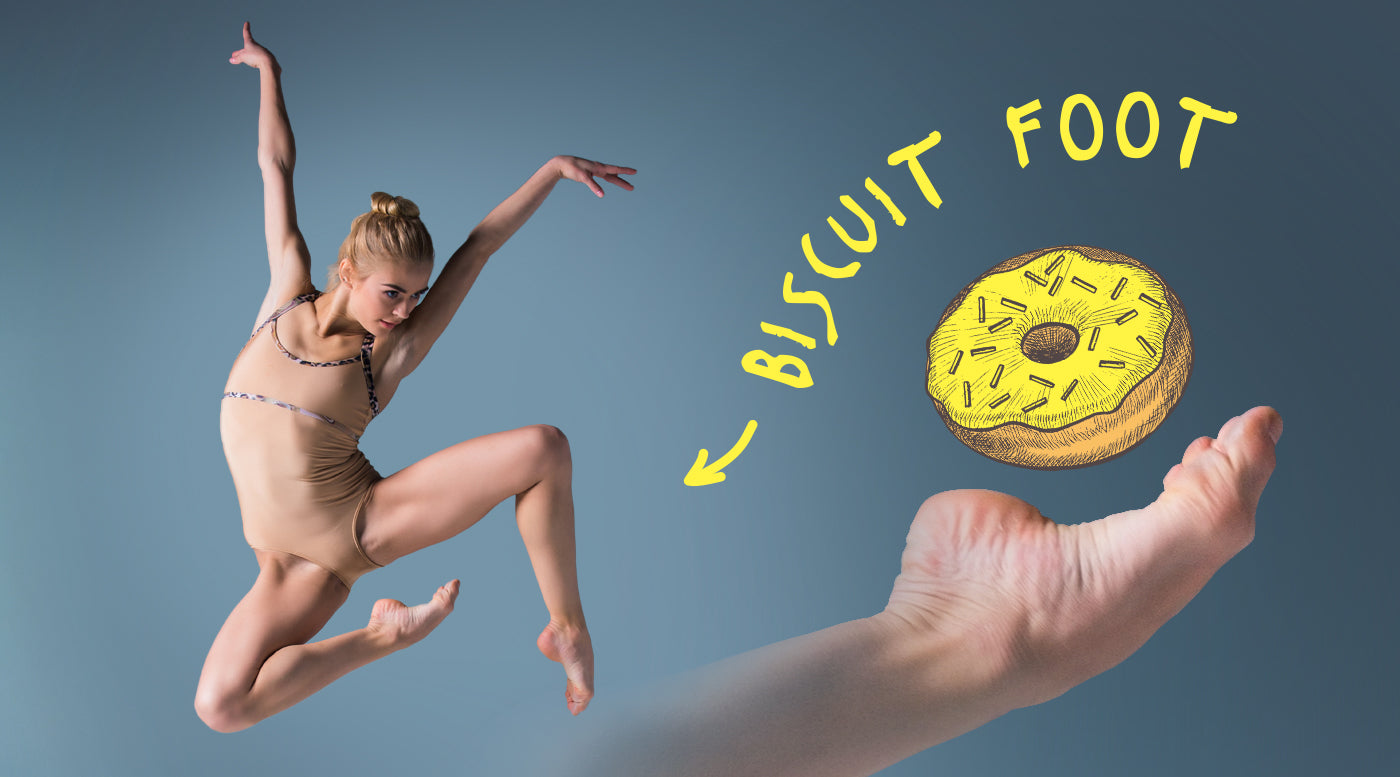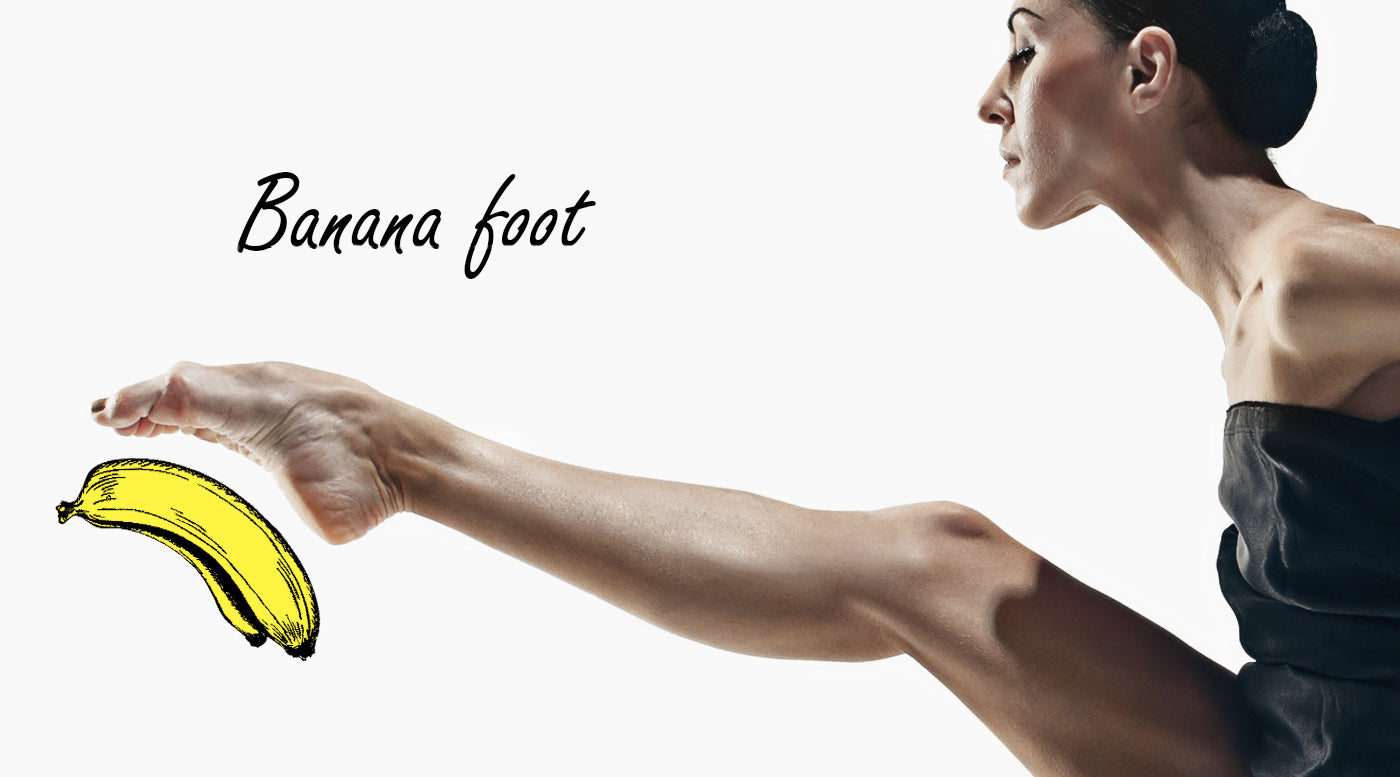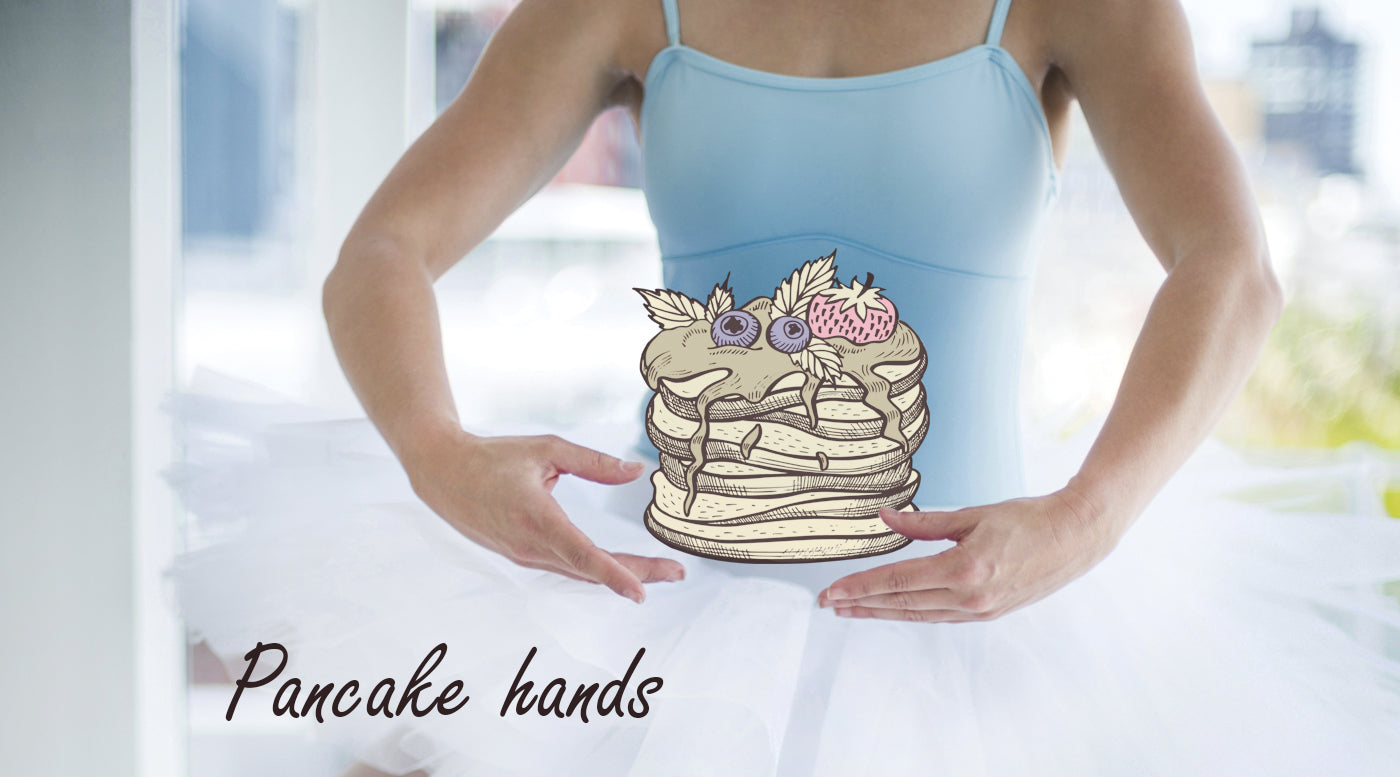Your Cart is Empty

As if hamburger hands in ballet isn’t bad enough, ballet brings a whole range of problems. But the good news is, food isn’t just represented by sloppiness, sometimes it’s an aspirational metaphor! Though it does seem like, most of the time, ballet brings all sorts of problems to the table and, you guessed it, we have a food name for most of them. You might fancy a frappé on a cool summer’s day and who doesn’t love pancakes and chicken wings? But, we’re guessing you want to leave some of them on the real table and not bring them to ballet class with you. Are we right?
After the success of our guide to hamburger hands and the comments we received across our social channels, we thought our Zarely dancer blog should touch on the other forms that are represented by foods in ballet poses, which is why today we’re sharing with you exactly what these different ballet poses represented by food items really are.
Just in case you’re new here and haven’t yet seen our Hamburger Hands Guide we thought we’d do a quick recap into what hamburger hands are.
Ultimately, hamburger hands are an aesthetic issue. They hinder your success and can make or break a beautiful arm placement. In terms of ballet, hamburger hands are when your fingers are placed together too tightly, they don’t have the beautiful rounding that ballet hands should have. you might be wondering how they get the name hamburger hands. Well, hamburger hands in ballet are when your fingers look lifeless, they resemble pork sausages. Yummy!
In a more positive tone, hamburger hands in ballet can be reversed. Take a look at our Hamburger Hands in Ballet blog post to find out how.

Shall we talk about something a little less hated and a little more desirable? Let’s talk about a banana foot in ballet. Just like bananas are a great source of food intake, they’re also a great metaphor for the type of feet that most dancers can only aspire to achieve.
A perfect foot is sometimes known as “banana feet”. This means the curved arch and the instep somewhat represent the shape of a banana. If your feet are looking more like a marrow or a cucumber as opposed to a perfectly arched banana, then you might want to try adding some foot exercises and stretches into your daily regime.
When determining what can be referred to as a banana foot, you have to look at the overall characteristics of the feet and their placement. We’d be surprised if you haven’t heard about the arch and the instep yet, but in case you’re a parent or a newbie, the arch is the curve under your foot and the instep is the bony structure on the top of the foot. Ideally, you want a high arch and a high instep. Having a high arch is beneficial because it makes it possible to get to a high demi-pointe in soft ballet shoes and allows you to get over the box en pointe.
If you’re not quite there with the banana foot yet, keep working hard. Most dancers aren’t blessed with naturally perfect feet, it comes with the right exercises and lots of practice.

As if thinking about not holding a hamburger is not enough, you’ve also got to be conscious to not hold a plate of pancakes either. So, here’s the deal with pancake hands and what to do to break the cycle (or the plate!).
With pancake hands, the fingers are straight and stuck together, with little to no curve from the wrist to the palm. Imagine holding an expensive china plate stacked up with pancakes in your hands and you’ve pretty much got it. Now, make sure you’re not doing that.
If you’ve taken a look at your hands and noticed that a plate of pancakes might rest nicely on top of them, we suggest you read on to make sure you can reverse the problem and get those beautiful hand placements that you’ve seen on stage. The good news is, if you have looked at your hands and noticed that there’s something wrong, you’re already 70% of the way there to correcting it.
The biggest cause of pancake hands is actually lack of awareness. We find that pancake hands are usually a problem amongst young dancers who are so focused and conscious of the waist down that they forget what’s happening up top.
For some dancers, a gentle nudge or hand gesture is enough to get them to realise what they need to correct. For those who are struggling more, try incorporating the ballpoint pen trick. Have your dancer hold ballpoint pens between their fingers in class and it should give their hands shape and change the quality of their finger placement. The pen won’t allow the fingers to seize up and keeps a good distance between them. After a few weeks of class, the dancer should feel the difference in their hands and fingers and know how it should feel and where their fingers should be placed.

Chicken wings are something that we all fear in ballet. It’s one that’s an obvious problem even to the untrained eye. Put bluntly, it’s when your arm is so droopy that your elbow is facing the floor and your arm is sitting at around a 140-degree angle. Instead of a smooth curve making a flattering line, it sort of resembles the wing of a chicken and it isn’t pretty.
The good news though is it’s completely reversible. Most of the time, the cause of chicken wings is through lack of strength in the upper body. Especially in young dancers, you might find that at the beginning of the class they have beautiful arm placement, but by the end when they’re getting tired, the chicken wings appear.
To reverse chicken wings try targeted cross-training exercises which can build strength in the upper body without adding bulk. Don’t forget to open your chest, upper back and sides, this should help prevent chicken wings in ballet.

If you’ve got a case of the noodle legs in ballet then we’re guaranteeing it’s because your legs are weak and need help strengthening. For a building to stand tall and proud it needs to have strong foundations. Just like a building, if your legs aren’t strong in ballet, they’re going to cause you a whole host of problems.
In ballet, noodle legs are not going to sustain the weight and hold your legs in beautiful positions, they’ll affect your balance in the worst way and they won’t allow your body to move gracefully and freely, which we know is essential in ballet.
If you have weak legs then you might find you are suffering from symptoms like muscle spasms, pain, numbness, body imbalance and even some swelling, which is why it’s so important to build up your leg strength.
With the help of regular targeted leg exercises and an increase in protein in the diet, the problem can be tackled relatively quickly.
Noodle legs can also be referred to when you throw your legs into the air in a grand battement. If you lack care in a grand battement and break the line by flinging the legs in the air they resemble some noodles being tossed up. If you’re dealing with a case of noodle legs with your grand battement, take care not to let your body fold inward when you kick to the front and when you go to the side, resist the urge to swing your hip up high. Finally, when kicking behind, avoid the urge to fall forward and keep your back straight.

Some days you just find you have a biscuit foot in ballet and your knees just don’t seem to want to straighten, but if you’re dealing with a long term case of the biscuit feet, you’re probably here to find out how to reverse it.
A biscuit foot in the simplest term is when your foot just doesn’t want to point, it’s shapeless, it doesn’t wing and well, it’s an absolute pain! After all, feet are everything. A good foot lets you turnout, create clean lines and have supple landings. But, the biscuit foot is going to hinder all that and more.
If you’re somebody who is cursed with biscuit feet then you’ll be pleased to know that you can correct it. It just means dedication.
When pointing your feet remember that it should feel like your arches is a waterfall cascading over your toes. The toes should be lengthened, not curling. Your heel should feel the tension in rotating forward and upwards, whilst your little toe should be rotating backwards and downwards. Biscuit feet normally have tension in the arches, so it’s important to constantly stretch and relax to correct them.
You might have heard of frappé stomping if you have ever been told to frappé by striking the floor with the ball of your foot as though your stomping on someone you don’t like, or trying to crush a frappé plastic cup.
If you’ve ever tried it, you’ve probably found that it hurts, a lot.
Suddenly stopping the motion of your leg and slamming your foot not only shocks your ankle - but also your knees, hips and back - and if you’re constantly slamming your foot down, you will cause some damage.
This can be across the board in ballet, if you’re landing your foot as though it’s slamming into a frappé cup instead of a light, controlled landing, you will cause yourself damage and it’s essential to start changing that habit now.
To control these landings, start by building the muscle in your legs and think of reaching for the ceiling as opposed to slumping down into it. Your core muscles should be tensed and helping to control the landing.
Comments will be approved before showing up.